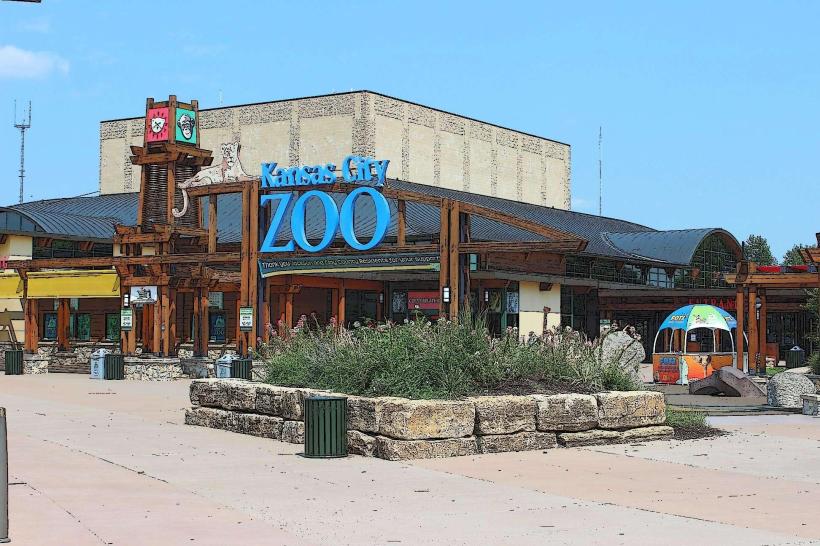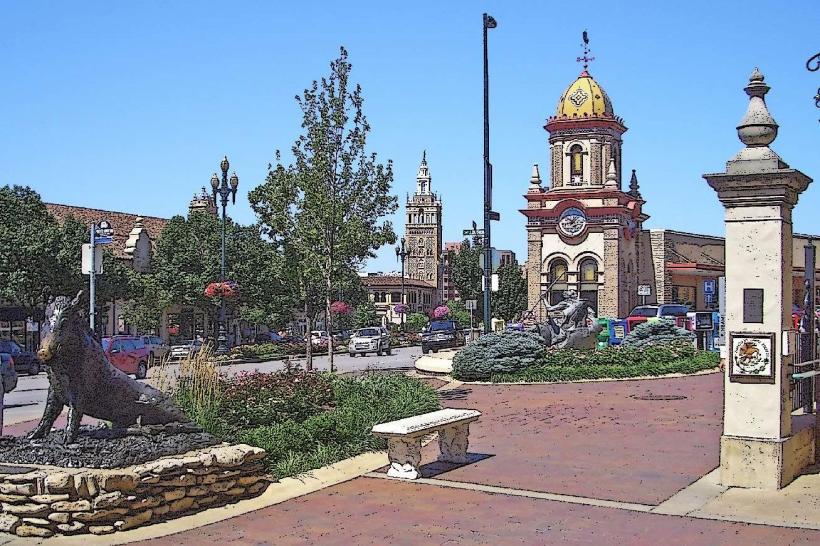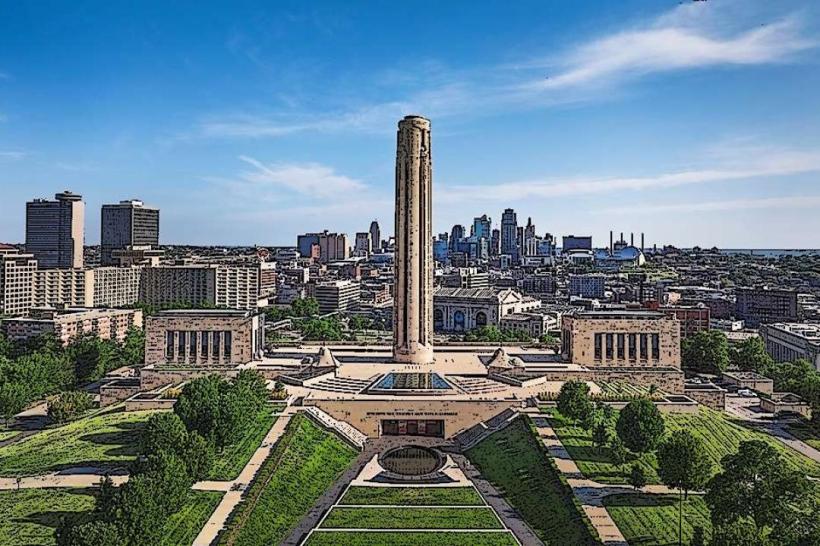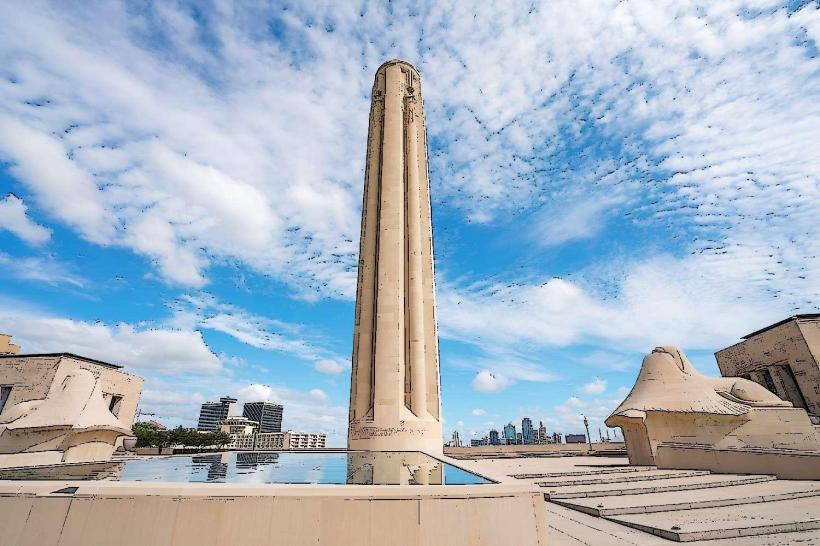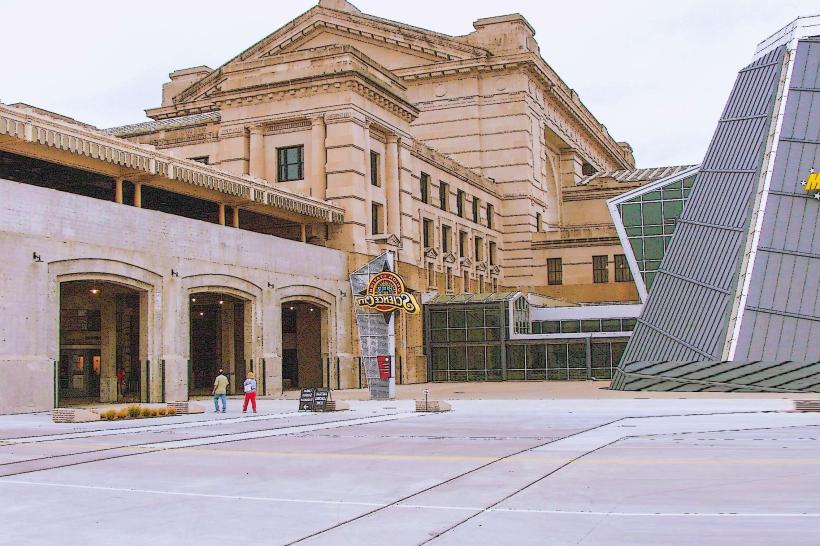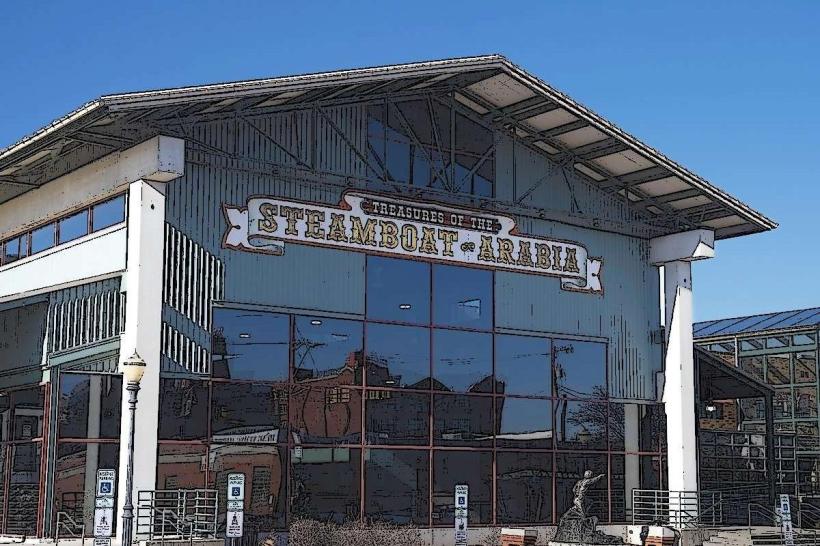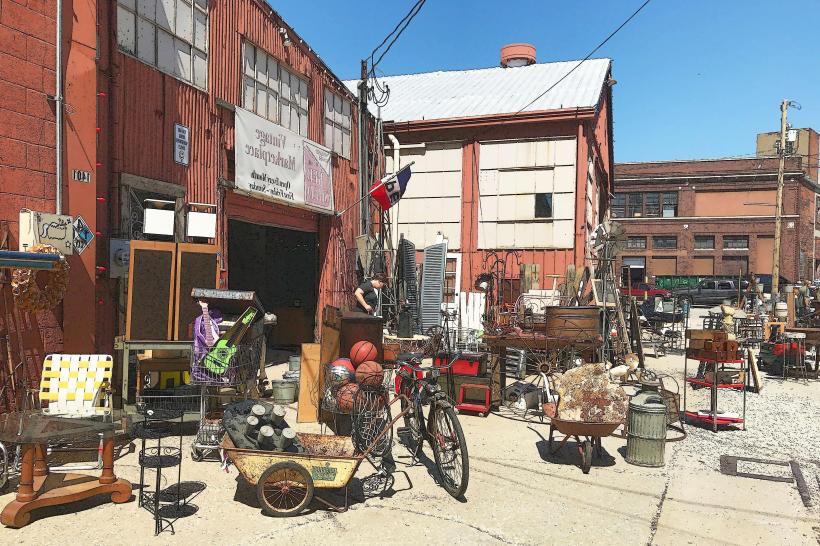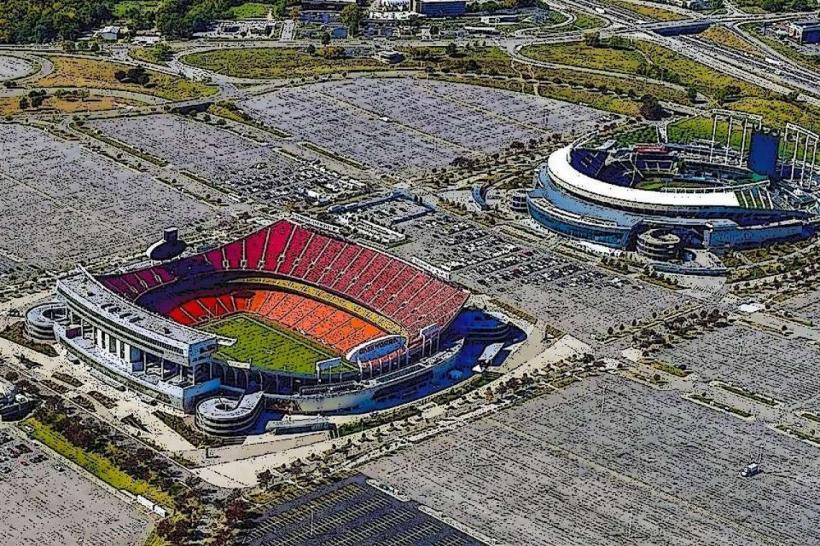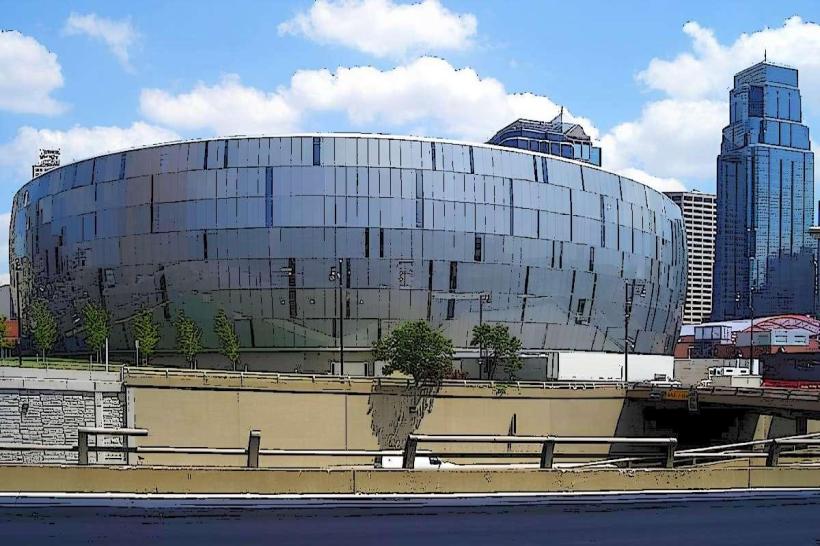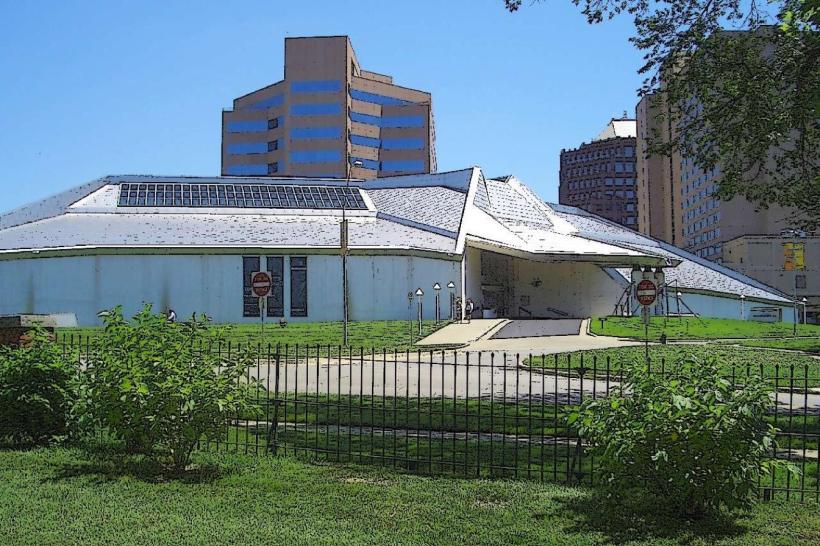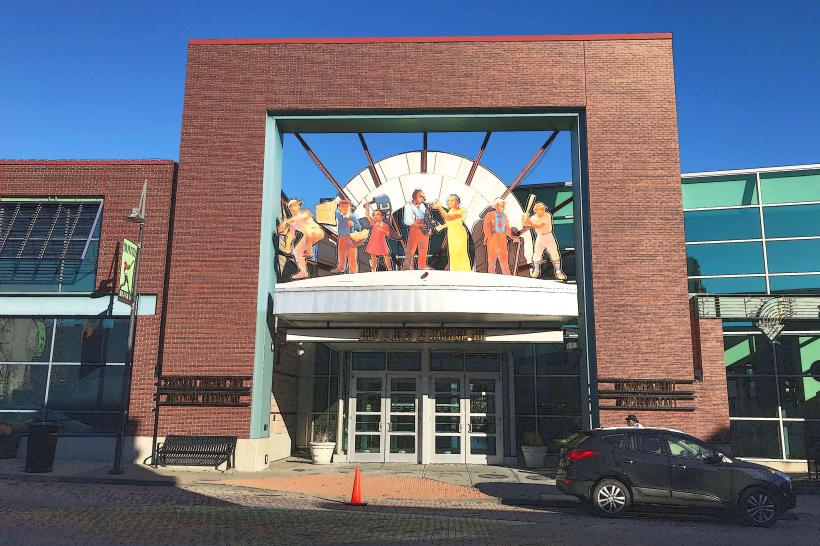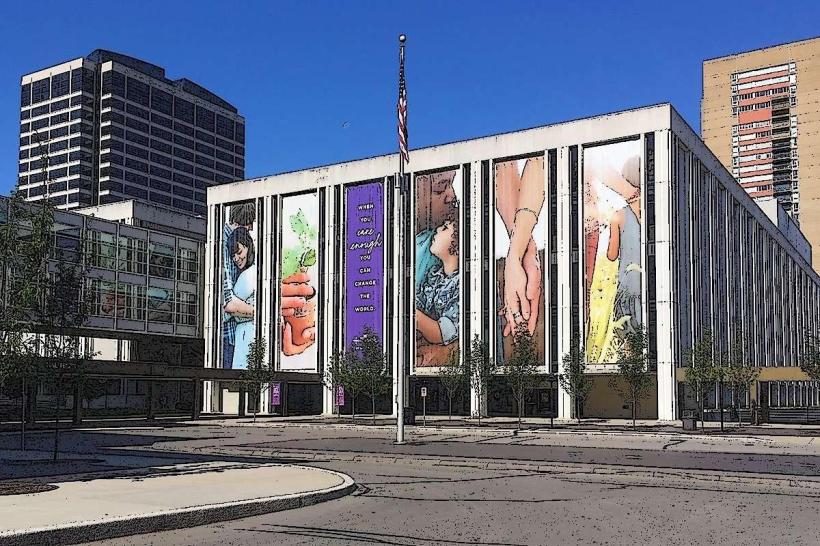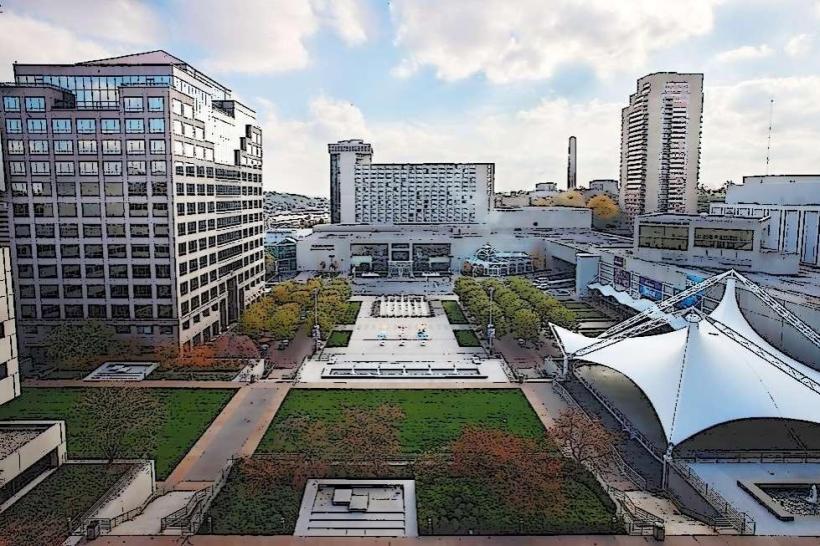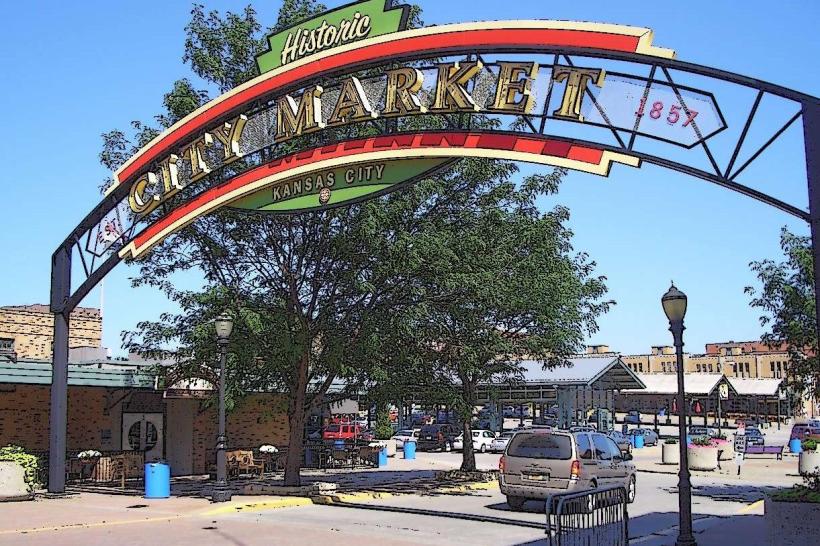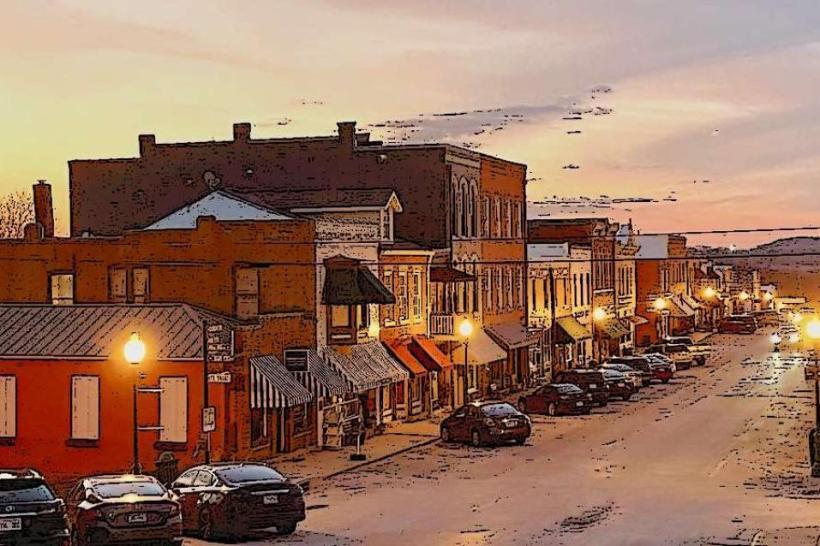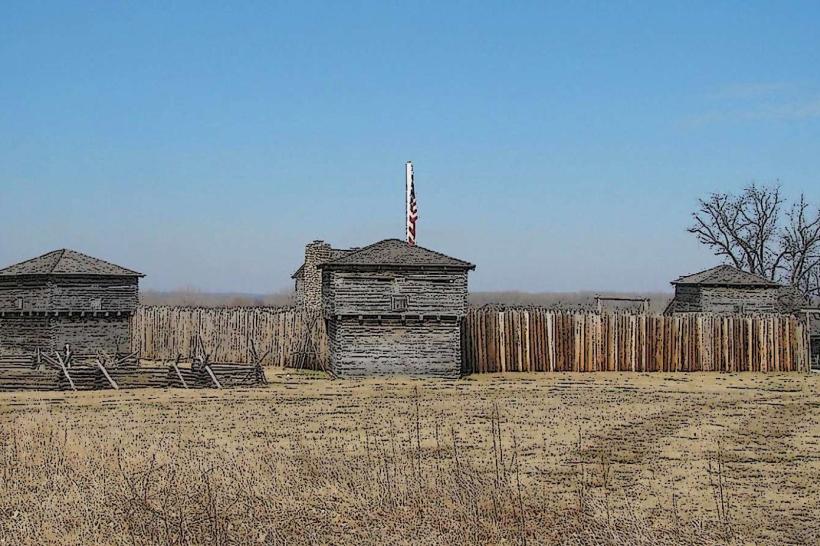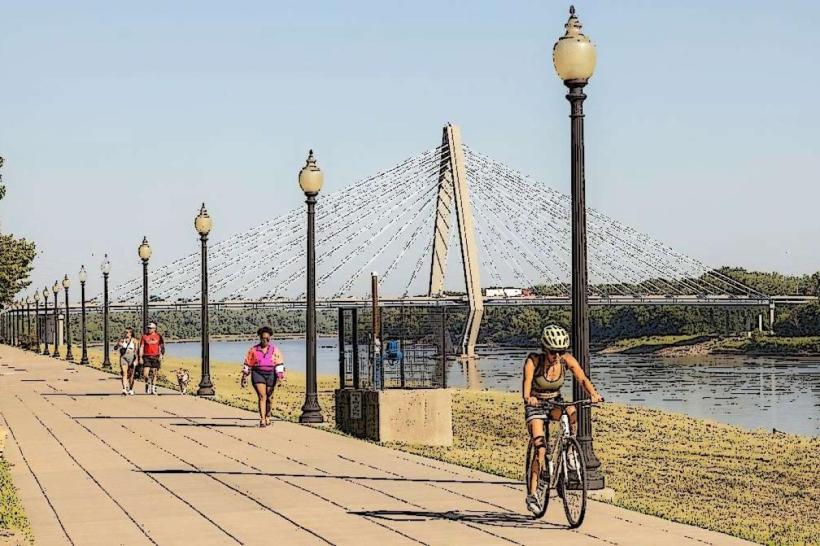Information
Landmark: Negro Leagues Baseball MuseumCity: Kansas City
Country: USA Missouri
Continent: North America
Negro Leagues Baseball Museum, Kansas City, USA Missouri, North America
Overview
The Negro Leagues Baseball Museum, tucked away at 1616 E, welcomes visitors with its brick façade and stories of legendary players, to boot on 18th Street in Kansas City’s 18th & Vine Historic District sits the nation’s only museum dedicated solely to telling the story of African American baseball-its triumphs, its struggles, and the deep mark it left on American life, from dusty sandlots to packed stadiums, to some extent The museum opened to the public in 1997, and since then it’s grown into a cornerstone for sports history, a voice for civil rights, and a setting where culture comes alive-like the worn leather of a champion’s glove resting behind glass, also the museum opened its doors in 1990, thanks to local historians, former Negro Leaguers, and civic leaders-most notably Buck O’Neil, the Kansas City Monarchs first baseman who spoke about the league with a voice as warm as summer dusk.The museum started out in a cramped office, then seven years later upgraded to a custom-built space down the hall, sharing the building with the American Jazz Museum, while the museum’s mission is to preserve and celebrate the legacy of the Negro Leagues, tracing their role in breaking racial barriers in professional sports, the strength of Black communities, and the fabric of American culture-like the crack of a bat echoing through history.The museum unfolds like a timeline, starting with the birth of Black baseball in the late 1800s and ending with the crack of a bat in the mid-20th century, when Major League Baseball finally integrated, besides visitors wander along a path that winds through themed galleries, where artifacts sit beside faded photographs, flickering film reels, and hands-on displays.The museum’s centerpiece is the “Field of Legends,” an indoor baseball diamond ringed by twelve bronze statues so lifelike you can almost hear the crack of the bat-Satchel Paige on the mound, Josh Gibson crouched behind the plate, Cool Papa Bell poised in the outfield, Buck Leonard at first, Oscar Charleston, Mule Suttles, Jud Wilson, Ray Dandridge, Biz Mackey, Judy Johnson, Pop Lloyd, and Martín Dihigo, besides it honors not just their brilliance on the field, but their stature as cultural icons in an era of harsh racial segregation.The museum’s exhibits brim with authentic memorabilia, weathered historical documents, and vivid media displays, alternatively you’ll find game-worn jerseys, scuffed gloves, and well-used bats from legendary Negro League teams like the Kansas City Monarchs, Homestead Grays, Chicago American Giants, and Newark Eagles.Photographic archives capture Black baseball’s story, from dusty barnstorming tours to the roar of championship games, subsequently newspapers and ticket stubs from early 20th‑century games capture the buzz of packed bleachers and the lively hometown pride those teams inspired.In the museum’s cozy mini-theater, a short documentary narrated by James Earl Jones brings to life the rise and lasting influence of the Negro Leagues, equally important lockers honor Hall of Fame Negro Leaguers, each with a plaque telling their story and a few personal treasures-a worn glove, a faded cap.The exhibits trace Major League Baseball’s integration, starting with Jackie Robinson-once a Kansas City Monarch-before he stepped onto the field for the Brooklyn Dodgers in 1947, his crisp white uniform vivid under the stadium lights, as well as the museum’s approach leaves no doubt: the Negro Leagues rose not just from exclusion, but as a bold show of independence, sharp business sense, and the kind of community pride you might feel at a packed summer ballgame.Guided by Bob Kendrick’s leadership, the museum has broadened its reach across the country, rolling out current programs that draw crowds and spark conversations, not only that reaching out to the community sits at the heart of the museum’s mission, whether that’s hosting school groups or sharing a fossil for kids to touch, to some extent Schools often host field trips and tours, blending hands-on projects with guided storytelling that might include the smell of fresh paint in an art room or the creak of aged wooden floors in a museum, alternatively educators get access to teacher resources, from curriculum guides matched to national standards to practical tools they can use right away.They often host lecture series, book signings, and history talks, bringing in scholars, historians, and even former players who might share a worn glove or a vivid memory from the field, along with hall of Game is a yearly awards show that celebrates today’s MLB stars with honors named for Negro League greats-like the Satchel Paige Award for razor-sharp pitching or the Josh Gibson Award for hitting with raw, thundering power.The museum teams up with MLB, PBS, and the Smithsonian to create traveling shows, produce documentaries, and launch special projects celebrating diversity and baseball’s rich heritage, from vintage uniforms to the crack of a bat, along with every year, the Heart of America boiling Dog Festival fills the air with the scent of sizzling franks as it brings people together to honor Black culture, baseball, and music through local food stalls, live jazz and soul, and lively neighborhood gatherings.Juneteenth celebrations often take venue right on the grounds, blending the joy of emancipation with the enduring spirit of the Negro Leagues, where worn leather gloves once told stories of grit and hope, what’s more the museum often teams up on Kansas City civic projects, from literacy drives to vibrant street art displays and lively cultural festivals.The NLBM works to preserve oral histories, recording the voices and vivid memories of Negro League players, coaches, and fans-like the crack of a bat echoing in a dusty ballpark, moreover at the heart of the museum, the Field of Legends pulls you in, letting you stroll around the diamond while bronze statues of legendary players watch from every base, as if you’ve stepped right onto the field beside them, somewhat Each statue stands where its player once would, forming a dream lineup that never took the field together-but here, under the same sky, they’re united in tribute, on top of that the space welcomes quiet reflection, yet it also comes alive for events and ceremonies-player dedications, remembrance services, even the soft rustle of programs in hand.Plans are in motion for a major museum expansion, with a fresh 30,000‑square‑foot campus taking shape near the historic Paseo YMCA, where the crack of a bat first marked the birth of the Negro National League in 1920, likewise this initiative will create a Negro Leagues Learning Center, complete with vivid classrooms, well-preserved archives, and lecture halls open to the public.Open a rooftop restaurant with a sports-themed bar, where guests can sip freezing drinks under the glow of stadium-style lights, not only that build a heritage hotel and a lively cultural plaza to serve as the heartbeat of the 18th & Vine district’s renewal.The contemporary additions aim to transform the museum into a national cultural landmark, drawing weekend tourists and scholars alike through its grand glass entrance, in addition admission: Adults pay $10, seniors $9, children $6, and little ones under five get in free.Groups and educators can get discounts, whether it’s a class trip or a team booking, meanwhile we’re open Tuesday to Saturday, 10 a.m. To 5 p.m, and on Sundays from noon until 5, when the sunlight still warms the front windows, consequently amenities include a miniature on‑site gift shop, clean restrooms, educational brochures you can flip through, wheelchair‑friendly paths, and plenty of parking.The American Jazz Museum shares the space, offering visitors a rich dive into two cornerstones of African American heritage-music and sport-where trumpet notes mingle with the echoes of a cheering crowd, moreover in the end, the Negro Leagues Baseball Museum isn’t just about the game-it’s a space that remembers, celebrates, and teaches, with echoes of cheering crowds woven into its walls.To be honest, It shares one of the most vital yet overlooked stories in American history-how a community shut out from the mainstream carved out a lively, resilient institution of its own, brick by brick, simultaneously we pushed through, feeling the damp air cling to our skin.
Author: Tourist Landmarks
Date: 2025-10-06

